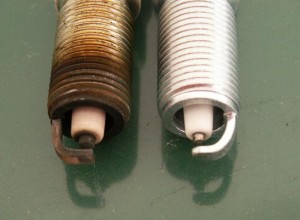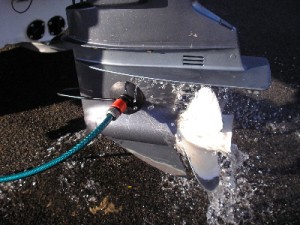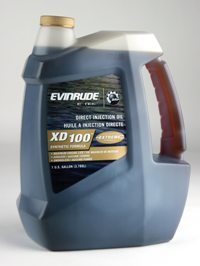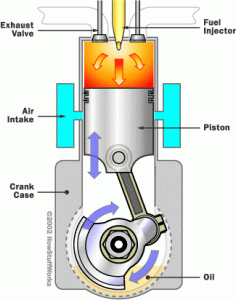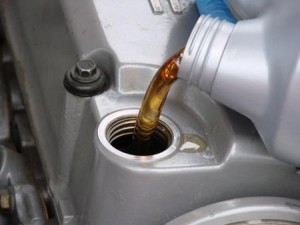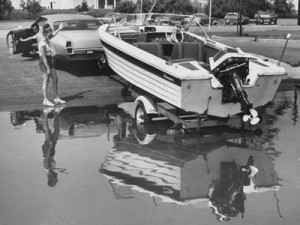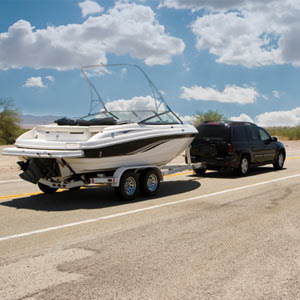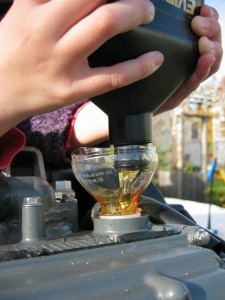The Anatomy of the Two-Stroke Engine: Part Three
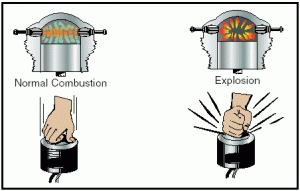 Although the workings of the two-stroke engine are more basic than the four-stroke, they are by no means simplistic. The cycle begins when the spark plug fires, igniting the fuel, air and bulk oil that have been compressed in the cylinder. This explosion, also known as the combustion stroke, drives the piston downward, which compresses the rests of the gas, air, oil concoction in the crankcase.
Although the workings of the two-stroke engine are more basic than the four-stroke, they are by no means simplistic. The cycle begins when the spark plug fires, igniting the fuel, air and bulk oil that have been compressed in the cylinder. This explosion, also known as the combustion stroke, drives the piston downward, which compresses the rests of the gas, air, oil concoction in the crankcase.
At the bottom of the stroke, the exhaust port is uncovered, releasing the pressure of the exhaust gases. When the piston bottoms out, the port to the intake is covered. At this point, the mixture in the crankcase is pressurized, causing it to flow into the cylinder while at the same time extricating the exhaust gases. Tune in tomorrow for the thrilling conclusion of the two-stroke cycle.


